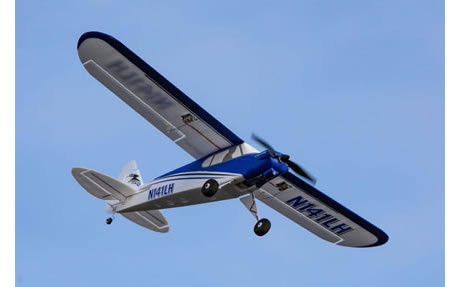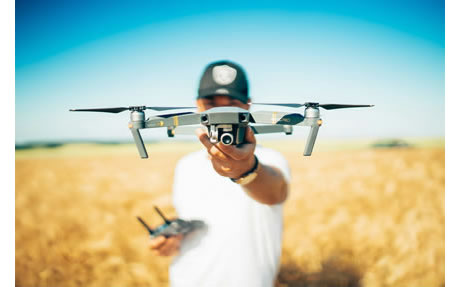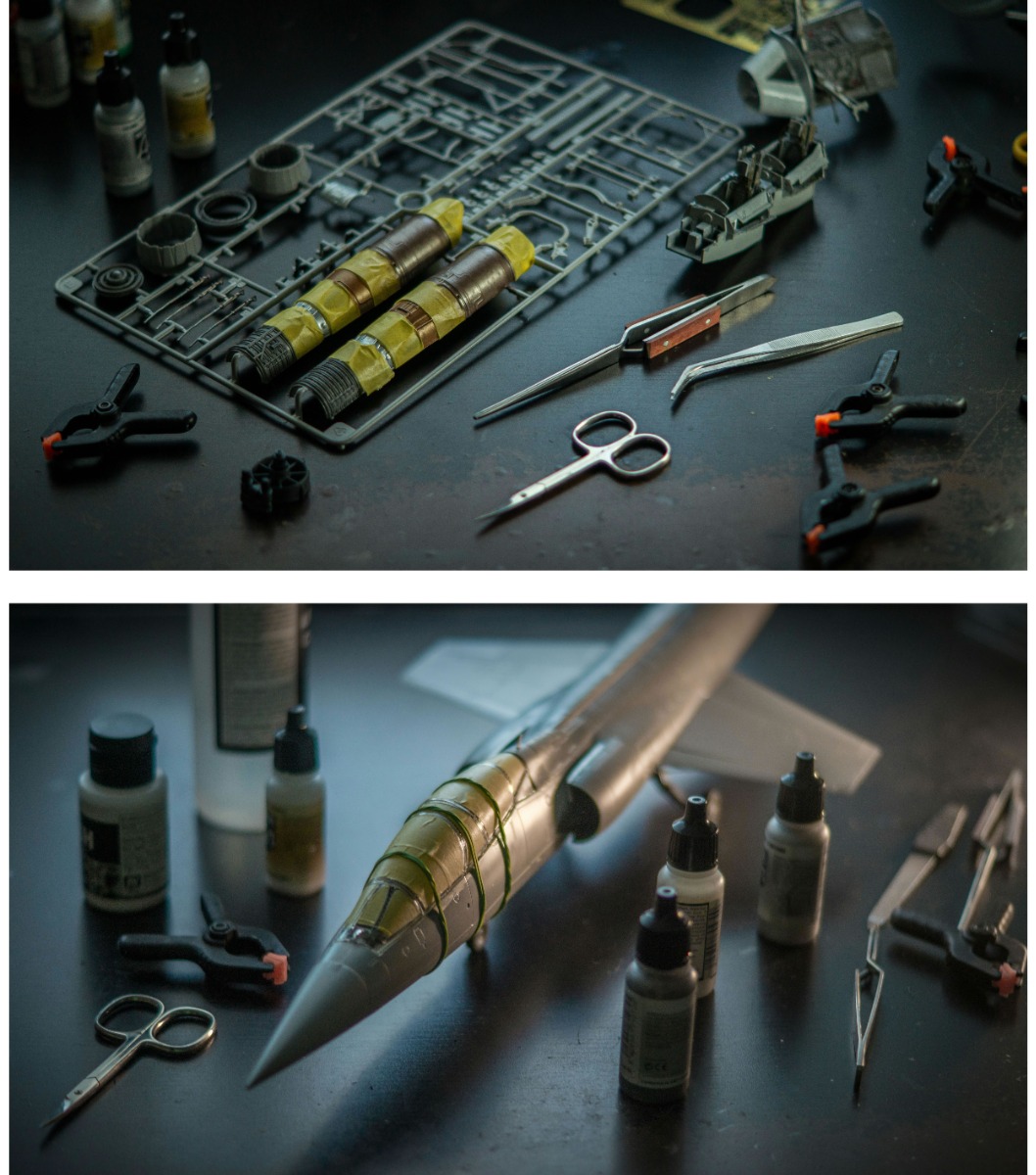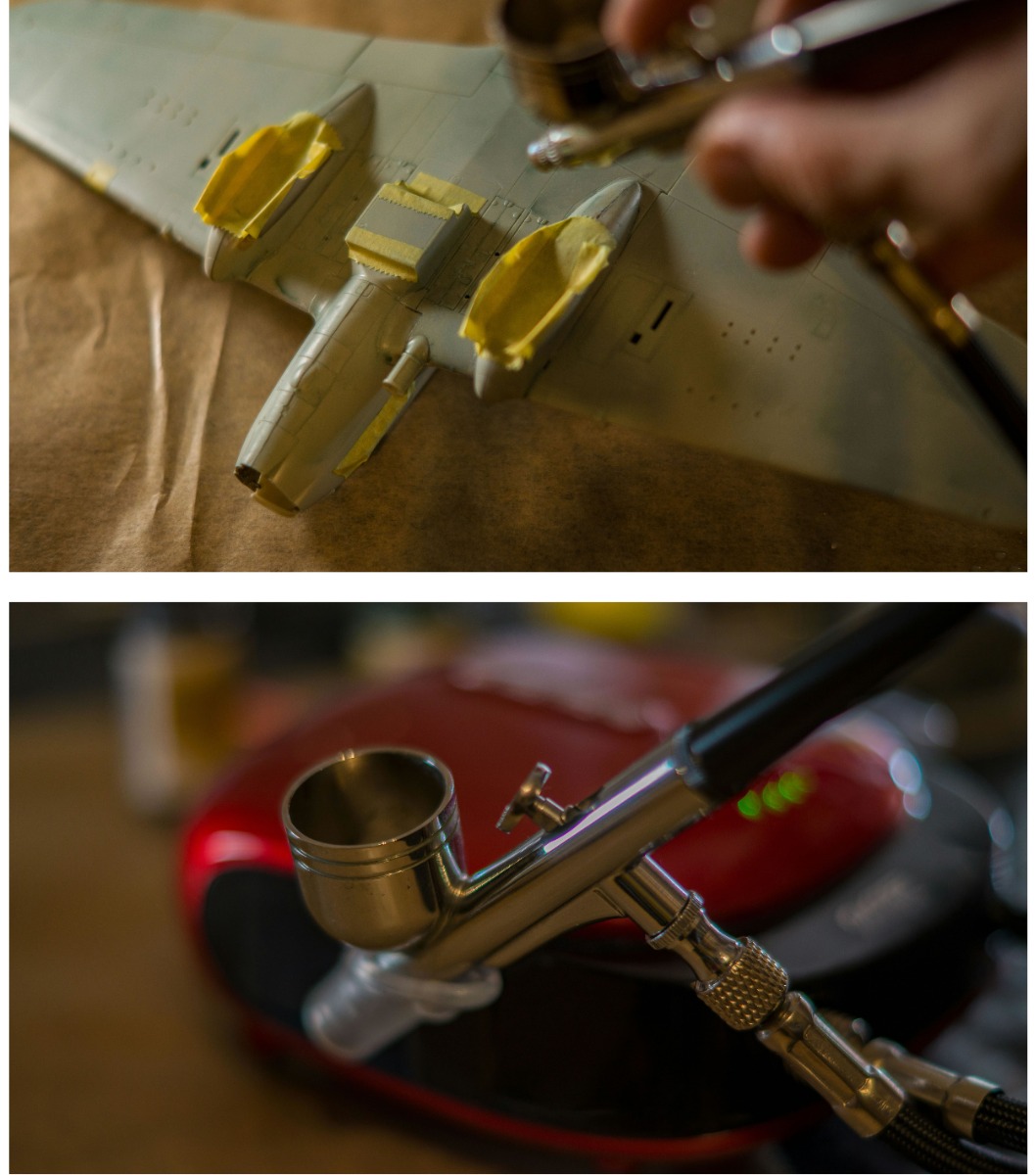Hobby 2000 1/48 Vought F-8E Crusader "Marines" # 48021
The Vought F-8E Crusader, particularly in its service with the U.S. Marine Corps, was a highly capable and versatile fighter aircraft that played a significant role during the Cold War, especially in the Vietnam War.
Known as the "Last of the Gunfighters," the F-8 Crusader was a carrier-based air superiority fighter designed primarily for air-to-air combat, but it also proved effective in ground-attack missions.
Design and Performance:
The F-8E Crusader, an advanced variant of the original F-8, featured several upgrades that improved its combat effectiveness.
It was powered by a Pratt & Whitney J57-P-20A turbojet engine, producing around 18,000 pounds of thrust with afterburner, allowing the aircraft to reach speeds of up to Mach 1.8 (1,225 mph or 1,970 km/h) at altitude.
The Crusader's design was distinctive, with a high-mounted variable-incidence wing, which could be adjusted to improve landing and takeoff performance from aircraft carriers, as well as enhance its maneuverability in dogfights.
Armament and Avionics:
The F-8E was equipped with a powerful armament suite, including four 20mm Colt Mk 12 cannons, making it the last U.S. fighter to rely heavily on guns for air combat.
In addition to its guns, the F-8E could carry AIM-9 Sidewinder missiles, which enhanced its capabilities in air-to-air combat.
The aircraft was also equipped with ground-attack ordnance, including rockets, bombs, and napalm, which made it versatile in close air support and interdiction roles.
One of the key advancements in the F-8E variant was its upgraded radar system, the AN/APQ-94, which improved its air-to-air targeting capabilities.
The Crusader also featured a more robust avionics suite, which included better fire-control systems and navigation aids, enhancing its operational effectiveness in a variety of combat scenarios.
Marine Corps Service:
The U.S. Marine Corps utilized the F-8E Crusader primarily in the Vietnam War, where it was tasked with both air-to-air combat and ground-attack missions.
Marine pilots valued the Crusader for its speed, firepower, and durability.
The aircraft's ability to operate from austere forward bases and its capacity to deliver precise, heavy ordnance loads made it a critical asset in supporting ground troops and maintaining air superiority over contested areas.
In Vietnam, Marine F-8Es were often involved in dogfights with North Vietnamese MiGs, as well as in bombing and strafing runs against enemy positions.
The Crusader's rugged design and strong performance under fire made it a reliable workhorse for the Marines throughout the conflict.
Legacy:
The Vought F-8E Crusader's service with the U.S. Marine Corps solidified its reputation as a formidable fighter and attack aircraft. Its blend of speed, agility, and firepower, along with its unique design features, made it a standout aircraft of its era.
Even as more advanced aircraft began to enter service, the Crusader remained a beloved platform among Marine pilots, known for its resilience and combat effectiveness.
The F-8E Crusader's legacy is marked by its contributions to air combat and ground support during one of the most challenging conflicts of the 20th century, and it remains a symbol of Marine aviation prowess.























 Spread the cost with Paypal Credit
Spread the cost with Paypal Credit
 Spread the cost with Klarna
Spread the cost with Klarna















